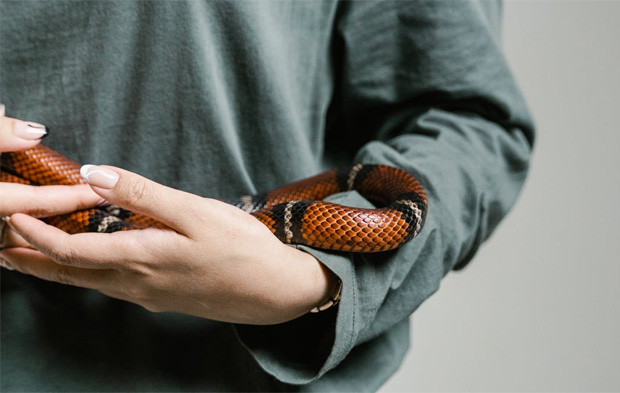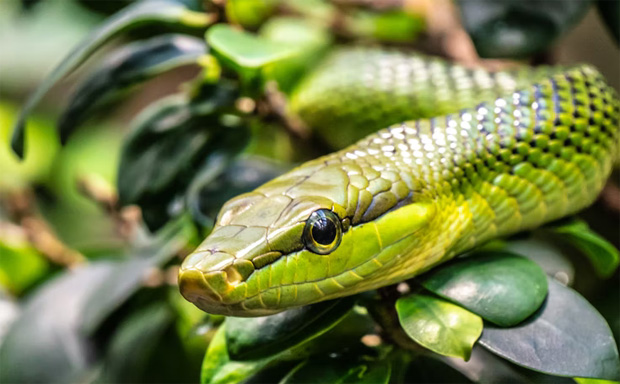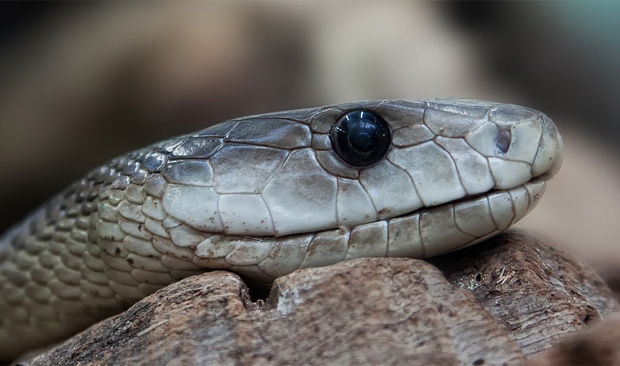7 Interesting Facts About Snakes You Can Tell Your Kids

7 Interesting Facts About Snakes You Can Tell Your Kids
Snakes are a fascinating species that many people know little about. There are over 3,400 snake species in the world, with an estimated 550 of those being venomous. Snakes have been around for roughly 100 million years and can be found on every continent except Antarctica. They come in all shapes and sizes – from tiny thread snakes to giant pythons – and use their long bodies to move swiftly through grasses or swim through water
This article will explore 7 interesting facts about snakes you might not know.
- How Long Do They Live?
This is one of the most asked questions as most people want to know how long will their new pet live, for example, or because of general knowledge. Of course, the lifespan of a snake depends on a large number of factors – from the species to the habitat and whether or not it’s in captivity. The lifespan of a snake in captivity can range from 10 to 30 years, depending on the species.
In the wild, however, most snakes only live for 3 to 5 years due to the many dangers they face such as predators, diseases, and extreme weather conditions. The oldest recorded snake in the wild was a boa constrictor that lived to be 40 years old!

- What Do They Eat?
Another common question, and one that usually leads to some interesting discussions, is what do snakes eat? The answer may surprise you, as most people think that snakes only eat rodents or other small animals. In fact, snakes will eat just about anything they can fit into their mouth including rodents, fish, birds, lizards, and other snakes. Some of the larger snake species will even eat small deer or antelope.
One of the most interesting things about what snakes eat is how they digest their food. Snakes have very long digestive tracts that can be up to 10 times the length of their bodies. This allows them to digest their large meals over a long period – sometimes up to a month!
- Snake and Fangs
One of the most distinguishing features of snakes is their fangs. All snakes have fangs, but not all species are venomous. In fact, only about 25% of all snake species are venomous. The venomous snakes have evolved to have long, sharp fangs that they use to inject their prey with venom, which is used to either kill their prey or to defend themselves from predators.
The venom is injected into their victim through long, sharp fangs that are located in the front of their mouths. The fangs are hollow and connected to a venom gland that is located behind the eye. When the snake bites, the venom is injected into its victim through the fangs.
- Do Snakes Sleep?
Snakes do in fact sleep, but they do not have eyelids as most animals do, so they cannot close their eyes. Instead, they will often coil up and rest their head on top of their coils. Some species of snakes will even bury themselves in the sand or soil to sleep.
- Reproduction
Snakes reproduce by laying eggs, but there are a few species that give birth to live young. The majority of snakes will lay their eggs in a hidden place such as under a rock or log, in the leaves, or even buried in the sand. Once the eggs are laid, the mother snake will usually abandon them. The eggs will incubate for a few weeks to a few months, depending on the species and the temperature.
Once they hatch, the baby snakes are on their own, as the mother snake does not stick around to take care of them. Baby snakes are often easy prey for predators, so many of them don’t make it to adulthood.

- Do Snakes Have Bones?
The majority of snakes are reptiles and therefore have bones. However, there is one group of snakes called the hagfish that do not have any bones at all! These strange creatures are more closely related to worms than they are to traditional snakes.
Despite their lack of bones, hagfish are still able to move by using their long, snake-like bodies to slither through the water.
- Are All Snakes Dangerous?
Most people think that all snakes are dangerous. In fact, only about 25% of all snake species are venomous. The majority of snakes are not venomous and pose no threat to humans. However, even the non-venomous snakes can be dangerous as they can still bite and cause injury which can result in infection.
Therefore, it is important to learn not to approach or handle any snake unless you are sure that it is not venomous. If you are bitten by a snake, seek medical attention immediately.
So there you have it, 7 interesting facts about snakes that you can share with your kids. Snakes may seem scary at first, but they are actually very fascinating creatures.
Learning more about them can help to change the way we think about them and how we’re treating them and their habitat.
Author: Allen Brown.





